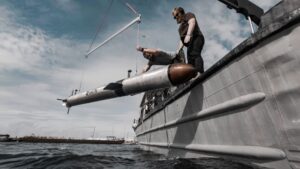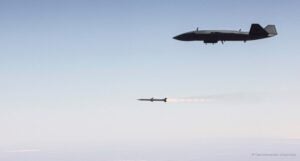
While the U.S. Space Force's first Space Warfighting Framework, released last month, highlights the importance of satellite maneuver to complicate adversary surveillance and targeting, in-space refueling to ease such maneuver is not a done deal for the service. U.S. Space Command "usually talks about dynamic space operations [DSO], which is much bigger than just refueling," Lt. Gen. Shawn Bratton, the Space Force's deputy chief of space operations for strategy, plans, programs, and requirements, told a Mitchell Institute for Aerospace Studies'…











